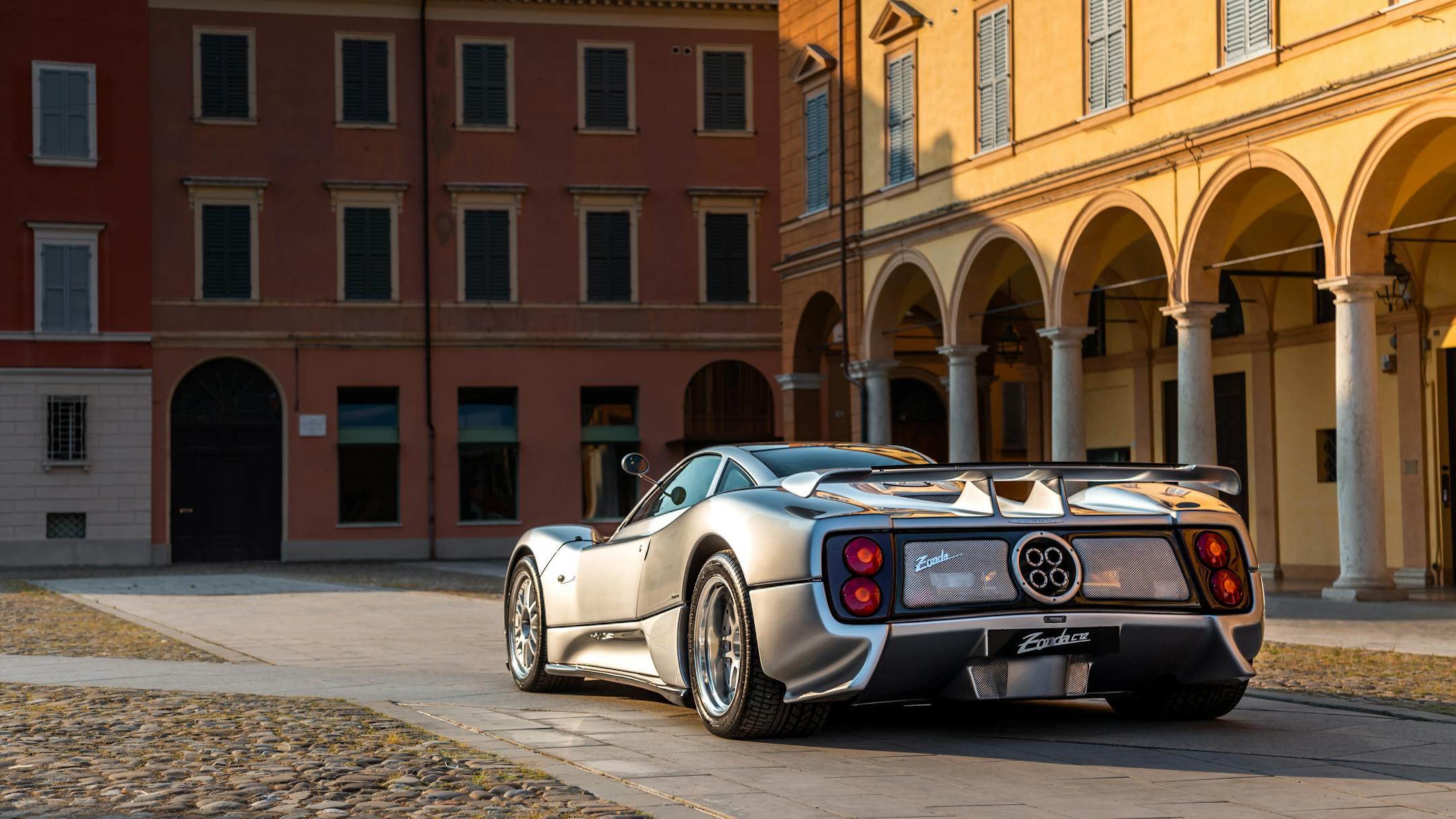
Inside the World of Hypercar Collectors: What You Need to Know
The world of hypercar collecting is one of high stakes, high performance, and even higher levels of exclusivity. For the ultra-wealthy, collecting hypercars isn’t just about horsepower or aesthetics — it’s about legacy, identity, and playing in an elite arena that few even know exists.
From Bugattis stored in climate-controlled vaults to one-off Paganis that never touch a public road, hypercar collectors move with intention, precision, and privilege. And whether you're looking to enter this world or simply understand how it operates, here’s what you need to know.
While the term "supercar" gets thrown around loosely, hypercars are the top 1% of the top 1%. These machines combine cutting-edge engineering, race-ready performance, and extreme rarity. Think: Koenigsegg Jesko, Bugatti Chiron Super Sport 300+, Aston Martin Valkyrie, Pagani Huayra R.
Typically, a hypercar meets at least one (but often all) of the following criteria:
But more than the specs, hypercars are rolling statements of taste, access, and long-term investment strategy. They’re often not just driven — they’re curated.
The people buying these cars aren’t just thrill-seekers. They’re often founders, billionaires, or investors who approach hypercar collecting the way others build fine art portfolios. What motivates them?
It’s not enough to own a fast car. Hypercar collectors want something no one else has. Limited runs, bespoke builds, and one-off commissions are the norm. Some manufacturers (like Ferrari with the LaFerrari Aperta) won’t even let you buy unless you already own several of their cars and have a longstanding relationship with the brand.
For many collectors, these machines are part of their identity. A curated garage becomes a generational legacy — something passed down to children or held in a family trust.
Hypercar values often appreciate — particularly if the car remains low-mileage and well-documented. A rare Ferrari Enzo or McLaren P1 can easily trade hands years later for a 2x or 3x return.
Events like the Mille Miglia, Concorso d’Eleganza at Villa d’Este, or The Quail during Monterey Car Week aren’t just about cars — they’re about networking with fellow UHNW individuals who share the same passions.
Walking into a dealership and asking for a Koenigsegg simply isn’t how this game works. Here's a behind-the-scenes look:
Some brands (Pagani, Bugatti, Ferrari’s XX Program) require a track record. You need a relationship with the brand, attend their events, and own multiple previous models.
The spec process can take months. Every detail — from interior stitching to carbon weave direction — is tailored. You’ll often fly to the factory or work with a concierge team who sends samples and virtual models.
Waitlists can stretch years. Buyers often sign contracts that prevent them from reselling for a set period — known as “no-flip” clauses. Breaking them could blacklist you from future purchases.
These cars aren’t left in standard garages. They’re often stored in private vaults or specialized facilities that resemble luxury museums more than parking lots.
In cities like London, Miami, Dubai, and Los Angeles, private car vaults are an extension of a collector’s real estate portfolio — sometimes costing over $1M just to build or secure a space.
Insuring a hypercar isn’t as simple as calling GEICO. These cars require specialized coverage:
Many collectors use firms like Hagerty’s Private Client Group or bespoke underwriters from Lloyd’s of London.
Hypercars are cutting-edge, which also means maintenance is not optional — it’s strategic. Some quirks:
Collectors often keep detailed service logs and video/photo documentation — crucial for resale value.
Owning the car is just part of it. The real flex? Being seen driving it at the right event. Some key gatherings:
There are also discreet WhatsApp groups and concierge-only clubs where owners swap builds, access insider info, or get first dibs on new allocations.
When done right, hypercar collecting becomes a lucrative asset class.
Collectors often use trusted brokers or auction houses like RM Sotheby’s or Gooding & Co. to manage private sales discreetly.
You don’t need to be a billionaire to begin — but connections, credibility, and cash are essential. Tips for newcomers:
Hypercar collecting is part obsession, part identity, and part access pass to a very rare world. These cars represent artistry in motion, investments with soul, and the kind of power and presence that money alone can’t always buy.
If you’re fortunate enough to step into this world, you’ll quickly learn: it’s not just about what you drive — it’s about what that drive says about you.